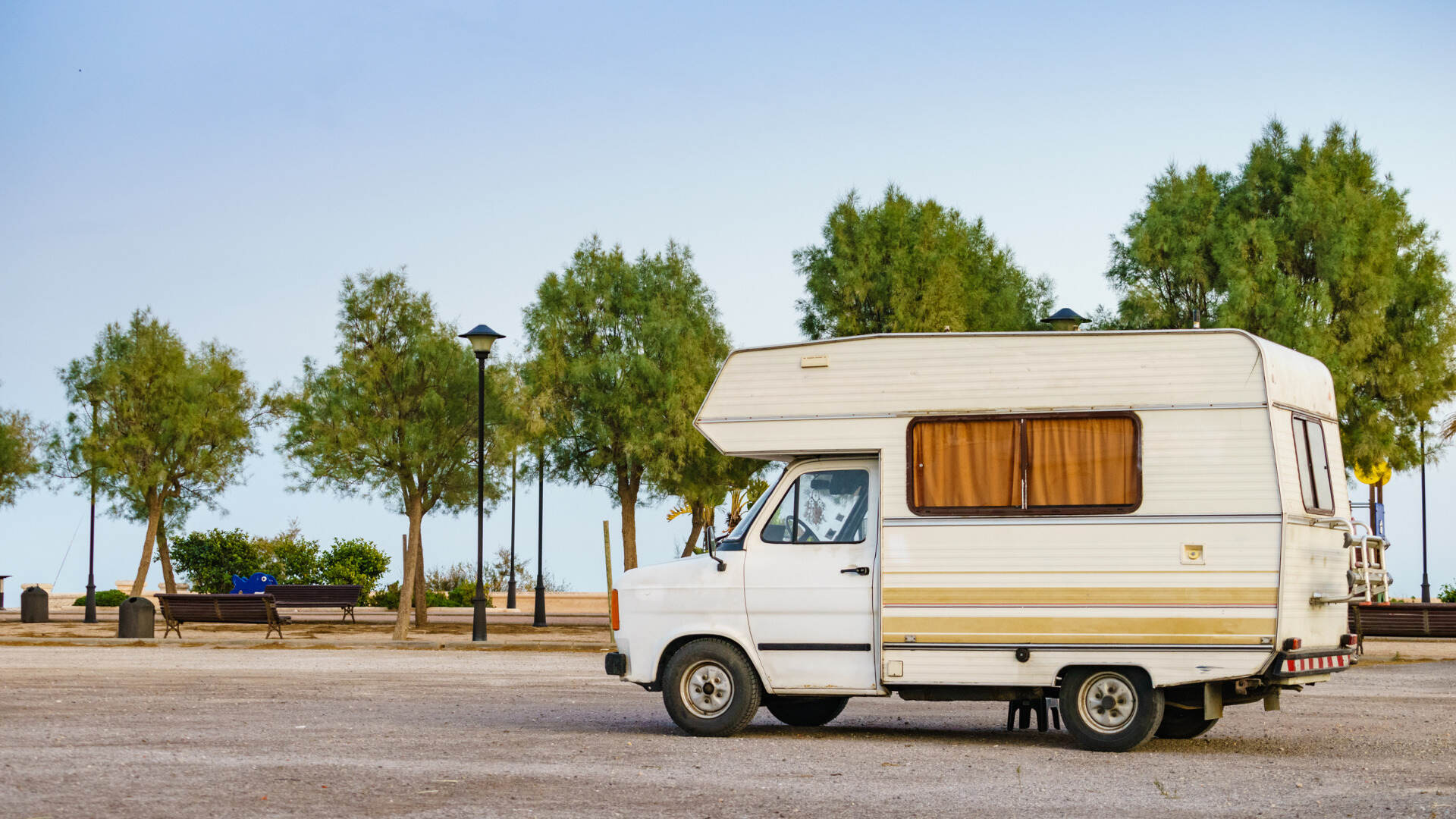

Articles
What Are Camper Exterior Walls Made Of
Modified: December 7, 2023
Discover what materials are commonly used to make camper exterior walls in this informative article. Learn about the different options for durability and insulation.
(Many of the links in this article redirect to a specific reviewed product. Your purchase of these products through affiliate links helps to generate commission for Storables.com, at no extra cost. Learn more)
Introduction
When it comes to campers and recreational vehicles, the exterior walls play a crucial role in protecting the interior from the elements and providing structural stability. Understanding what camper exterior walls are made of can help you make an informed decision when purchasing or renovating a camper.
In general, camper exterior walls are constructed using a variety of materials, each with its own set of advantages and disadvantages. The choice of material depends on factors such as cost, durability, weight, insulation properties, and aesthetic appeal.
In this article, we will explore some of the most common materials used to build camper exterior walls, including filon/fiberglass, aluminum, steel, wood, and composite materials. We will also discuss the importance of insulation, water resistance, and durability in camper walls.
By gaining insight into the different materials and their characteristics, you will be better equipped to choose a camper that suits your needs and preferences.
Key Takeaways:
- Choose camper exterior wall materials based on durability, weight, insulation, water resistance, and aesthetics. Consider filon/fiberglass for lightweight water resistance, aluminum for strength, and composites for durability and design flexibility.
- Prioritize regular maintenance and care to ensure the longevity and performance of camper walls. Select materials like fiberglass, aluminum, steel, or composites for durability and resistance to damage, rust, and water.
Read more: What Are Exterior Walls Made Of
Filon/Fiberglass
Filon or fiberglass is a popular choice for camper exterior walls due to its lightweight yet durable nature. It is commonly used in the construction of motorhomes, travel trailers, and fifth wheels.
Filon is a type of fiberglass-reinforced plastic (FRP) that consists of a thin layer of fiberglass matting infused with a polyester resin and coated with a protective gelcoat. This combination makes filon/fiberglass panels resistant to scratches, impacts, and UV rays, ensuring their longevity.
One of the major advantages of filon/fiberglass walls is their excellent water resistance. The gelcoat layer acts as a barrier against water infiltration, preventing moisture damage and minimizing the risk of mold and rot. This is especially important for campers that are regularly exposed to rain, snow, and other outdoor elements.
In terms of insulation, filon/fiberglass walls typically have a layer of foam insulation sandwiched between the exterior panel and the interior wall. This insulation helps to regulate the internal temperature, whether it is hot or cold outside.
Another benefit of filon/fiberglass is its smooth and glossy finish, which gives campers an attractive appearance. It also allows for easy cleaning and maintenance, as dirt and grime can be easily wiped off the smooth surface.
However, it is important to note that filon/fiberglass has its limitations. While it is resistant to most forms of damage, it is susceptible to cracking and chipping from heavy impacts. Additionally, over time, the gelcoat layer may start to fade or wear off, requiring periodic maintenance or refinishing to restore its original appearance.
Overall, filon/fiberglass walls offer a balance between durability, weight savings, and aesthetics, making them a popular choice for many camper enthusiasts.
Aluminum
Aluminum is another commonly used material for camper exterior walls. It is valued for its durability, lightweight properties, and resistance to rust and corrosion.
One of the key advantages of aluminum walls is their strength-to-weight ratio. Aluminum is known for its high strength while remaining relatively lightweight, making it an ideal choice for campers that require both sturdiness and mobility.
Aluminum is also highly resistant to rust and corrosion, which is essential for campers that frequently encounter moisture, such as rain and humidity. This resistance extends the lifespan of the walls and reduces the need for frequent repairs or replacements.
In terms of insulation, aluminum walls may have a layer of foam insulation or thermal barrier applied to the interior side. This helps to regulate the temperature inside the camper and improve energy efficiency.
One of the drawbacks of aluminum walls is their vulnerability to dents and damage from impacts. While aluminum is a strong material, it can still dent if hit by a heavy object or experience a significant impact. However, many modern aluminum campers use reinforced panels or ribbed designs to enhance the strength and resistance to dents.
Aluminum also requires regular maintenance to preserve its appearance. It can develop a dull or oxidized surface over time, which can be remedied with proper cleaning and occasional polishing.
Overall, aluminum camper walls offer a balance of strength, light weight, and resistance to corrosion. They are a popular choice for adventurers who prioritize durability and longevity in their camper exterior.
Steel
Steel is a less common but still noteworthy material used for camper exterior walls. Steel walls offer exceptional strength and durability, making them ideal for heavy-duty campers or those designed for off-road adventures.
One of the key advantages of steel is its unparalleled strength. It can withstand heavy impacts and is highly resistant to dents and damage. This makes steel walls suitable for campers that may encounter rough terrain, branches, or other potential hazards.
Furthermore, steel walls provide excellent protection against the elements, including harsh weather conditions and extreme temperatures. They are less susceptible to warping or bending, ensuring the structural integrity of the camper is maintained even in challenging environments.
In terms of insulation, steel walls can be equipped with thermal barrier layers or foam insulation to enhance energy efficiency and temperature regulation inside the camper.
However, there are a few considerations when it comes to using steel for exterior camper walls. The primary concern is weight, as steel is significantly heavier compared to other materials such as aluminum or fiberglass. This added weight can impact fuel efficiency and overall towing capabilities, so it’s important to factor in the weight of steel walls when selecting a camper.
Additionally, steel is prone to rust and corrosion if not properly protected. Manufacturers typically apply a protective coating, such as paint or galvanizing, to prevent this, but regular maintenance is still necessary to ensure the longevity of the steel walls.
Steel camper walls are often found in heavy-duty campers, such as toy haulers or expedition vehicles. Their robustness and durability make them a suitable choice for campers that demand extra strength and resistance in rugged environments.
Wood
Wood has been a traditional material used for camper exterior walls for many years. While it may not be as common in modern campers, it still has its merits and retains a classic charm.
One of the main advantages of wood is its natural insulation properties. Wood has inherent thermal qualities, providing excellent insulation against heat transfer. This can help keep the interior of the camper cooler in hot weather and warmer in cold conditions.
Wood is also relatively easy to work with, making it a preferred choice for DIY enthusiasts or custom camper builders. It can be easily cut, shaped, and joined together, allowing for more flexibility in design and customization.
Furthermore, wood offers a unique aesthetic appeal that many campers find appealing. It can be finished and stained in various colors to achieve a desired look, giving the camper a warm and inviting atmosphere.
However, there are a few considerations when it comes to using wood for camper exterior walls. Wood is susceptible to moisture damage, which can lead to rotting, warping, or mold growth if not properly protected. To mitigate these risks, manufacturers often treat the wood with preservatives and apply weatherproof coatings to enhance its durability and moisture resistance.
Additionally, wood is generally heavier than other materials like aluminum or fiberglass, which can impact the overall weight of the camper. This may require additional consideration when it comes to towing capacity and fuel efficiency.
In recent years, wood has been used more selectively in camper construction, typically in combination with other materials. For instance, some campers may feature wood accents or panels combined with aluminum or fiberglass walls to create a unique and visually appealing design.
While wood may not be as prevalent in modern campers, it continues to be appreciated for its insulation properties, customization options, and timeless aesthetic appeal.
Camper exterior walls are typically made of fiberglass, aluminum, or a combination of both materials. These materials are lightweight, durable, and provide insulation for the interior of the camper. Regular maintenance and proper sealing are important to prevent water damage.
Read more: What Are Interior Walls Made Of
Composite Materials
Composite materials have gained popularity in recent years as a modern and innovative choice for camper exterior walls. These materials consist of a combination of different components, such as fiberglass, resin, foam, and other reinforcing fibers.
The use of composite materials offers several advantages in camper construction. The most notable advantage is their strength and durability. Composite walls are highly resistant to impacts, dents, and scratches, making them ideal for campers that endure rough conditions or off-road adventures.
Composite materials also offer excellent insulation properties. They have a high thermal resistance, helping to regulate the temperature inside the camper and improve energy efficiency. This can result in a more comfortable camping experience, regardless of the external weather conditions.
Another advantage of composite materials is their lightweight nature. Compared to traditional materials like wood or steel, composites offer significant weight savings. This can contribute to better fuel efficiency and overall towing capacity, allowing for easier travel and less strain on the towing vehicle.
Additionally, composite materials are highly resistant to moisture, rot, and decay. The combination of reinforcing fibers, resin, and sealed surfaces creates a barrier that prevents water intrusion and reduces the risk of damage or mold growth. This helps to maintain the structural integrity of the camper and prolong its lifespan.
Composite walls also offer design flexibility. They can be molded into various shapes and sizes, allowing for unique and modern camper designs. Manufacturers can incorporate different textures, patterns, and finishes to create a visually appealing exterior.
However, composite materials can be more expensive compared to traditional options like wood or aluminum. The advanced manufacturing processes and specialized materials used contribute to the higher cost. Nevertheless, many campers see the long-term benefits of the durability and performance that composite walls provide.
Composite materials have become increasingly popular in the camper industry, offering a balance of strength, insulation, weight savings, and design possibilities. Campers with composite walls are often considered premium options due to their advanced construction and exceptional performance.
Insulation
Insulation is a critical aspect of camper exterior walls, as it plays a crucial role in maintaining a comfortable and energy-efficient interior space. Insulation helps to regulate the temperature inside the camper, keeping it cooler in hot weather and warmer in cold climates.
There are various insulation materials and methods used in camper construction, each with its own set of advantages and considerations.
Foam insulation is a common choice for camper walls. It is lightweight, easy to install, and offers excellent thermal resistance. Foam insulation can be sprayed into the wall cavities or applied as rigid boards, providing a continuous barrier against heat transfer.
Fiberglass insulation is another popular option. It consists of thin glass fibers bundled together and provides good thermal resistance. Fiberglass insulation is typically installed as batts or rolls between the wall studs, creating an effective barrier against temperature fluctuations.
Some campers utilize reflective insulation, which consists of a layer of foam or bubble wrap sandwiched between reflective foil surfaces. Reflective insulation helps to reflect heat away from the interior during hot weather and can improve the energy efficiency of the camper.
Additionally, some camper walls incorporate thermal barrier layers, which are usually made of materials like foil or foam. These barriers help to prevent heat transfer from the exterior to the interior, enhancing the insulation properties of the walls.
The insulation thickness and R-value (thermal resistance) vary depending on the camper’s design and the location in which it will be used. Campers designed for extreme climates often have higher insulation values to ensure comfortable conditions in both hot summers and cold winters.
Properly installed and well-maintained insulation in camper walls can greatly enhance the comfort level and energy efficiency of the interior space. It can reduce the reliance on heating and cooling systems, making camping more enjoyable and environmentally friendly.
It’s worth noting that insulation is not only essential for maintaining temperature but also for soundproofing. Adequate insulation can help reduce outside noise, providing a quieter and more peaceful camping experience.
When choosing a camper, it’s important to consider the insulation properties of the exterior walls and evaluate their adequacy for your specific camping needs and climate conditions.
Water Resistance
Water resistance is a crucial factor to consider when it comes to camper exterior walls. Campers are often exposed to rain, snow, and other forms of moisture, so it’s important to ensure that the walls can effectively shield the interior from water infiltration.
Several materials used in camper construction offer good water resistance properties.
Filon/fiberglass walls, for example, are known for their excellent water resistance. The gelcoat layer applied to the exterior surface acts as a barrier against water, preventing it from seeping into the walls and causing damage. This protective layer also helps to minimize the risk of mold and rot.
Aluminum walls, when properly treated, are also highly resistant to moisture. The natural oxide layer that forms on the surface of aluminum acts as a protective barrier from rust and corrosion. However, it’s important to maintain the protective coating on aluminum walls and address any scratches or damage promptly to prevent water intrusion.
Steel walls, depending on their protective coating, can offer good resistance to moisture as well. Properly galvanized or painted steel walls provide a durable barrier against water, preventing rust and other forms of deterioration. Regular maintenance and inspections are necessary to ensure the integrity of the protective coating.
Composite materials used in camper walls often include resin or other waterproofing agents, making them inherently resistant to water infiltration. The combination of reinforced fibers and sealed surfaces creates a barrier that prevents water from penetrating the walls.
Wood walls, on the other hand, require more attention to maintain water resistance. Manufacturers typically treat the wood with preservatives and apply weatherproof coatings to enhance its durability and protect against moisture. Regular inspections and maintenance are important to ensure that the protective layers remain intact.
In addition to the choice of materials, proper sealing and construction techniques play a crucial role in ensuring the water resistance of camper walls. The seams, joints, and openings, such as windows and doors, should be properly sealed to prevent water from entering the interior.
Regular inspections and maintenance are necessary to identify and address any issues with water resistance. This includes checking for signs of water damage, such as soft spots, discolorations, or musty odors, and promptly repairing any leaks or damaged areas.
Overall, selecting a camper with walls that offer good water resistance is essential to prevent moisture-related problems and maintain the longevity of the camper. It is important to choose materials and construction techniques that can effectively protect the interior from water infiltration and ensure a dry and comfortable camping experience.
Durability
Durability is a key consideration when it comes to camper exterior walls. Campers are exposed to various elements, such as weather conditions, road debris, and impacts, so it’s important to choose materials that can withstand the rigors of outdoor adventures.
Several factors contribute to the durability of camper walls:
1. Strength: The walls should have sufficient strength to withstand impacts and resist damage. Materials like filon/fiberglass, aluminum, steel, and composites are known for their strength and ability to withstand external forces.
2. Resistance to Damage: Camper walls need to be resistant to scratches, dents, and other forms of damage. Fiberglass and composites are particularly known for their impact resistance, while aluminum and steel can provide excellent protection against dents and punctures.
3. Rust and Corrosion Resistance: Walls made of aluminum or steel should be properly treated and protected to prevent rust and corrosion. Regular maintenance, such as cleaning and applying protective coatings, can help maintain their durability over time.
4. UV Resistance: Sunlight can cause fading, discoloration, and degradation of camper walls. Materials like filon/fiberglass often have a UV-resistant gelcoat layer, which helps to protect against the negative effects of prolonged sun exposure.
5. Structural Integrity: Proper construction techniques, including solid framing and fastening methods, are essential for maintaining the structural integrity of the camper walls. This ensures that the walls can withstand the stresses of towing, movement, and general use without compromising stability.
6. Longevity: Materials with good durability will ensure the long-term reliability and usability of the camper. Choosing materials that have a reputation for durability and longevity can help avoid premature wear and the need for frequent repairs or replacements.
It’s important to keep in mind that the durability of camper walls goes hand in hand with proper maintenance and care. Regular inspection, cleaning, and addressing any damage or issues promptly can help prolong the life of the walls and maintain their durability over time.
When selecting a camper, consider the specific outdoor activities and environments it will be exposed to. If you anticipate rough roads, extreme weather conditions, or off-road adventures, opt for materials that offer optimal durability and the ability to withstand such conditions.
Ultimately, investing in durable camper walls ensures a reliable and long-lasting camping experience, providing peace of mind during your adventures.
Read more: What Kind Of Sheathing Is For Exterior Walls
Conclusion
Understanding the materials used for camper exterior walls is crucial when making a decision about purchasing or renovating a camper. Each material has its own set of advantages and considerations, and choosing the right one depends on factors such as durability, weight, insulation, water resistance, and aesthetic appeal.
Filon/fiberglass is a popular choice known for its lightweight nature, excellent water resistance, and attractive appearance. Aluminum walls offer strength, resistance to rust and corrosion, and design flexibility. Steel walls provide exceptional durability and are commonly found in heavy-duty campers. Wood walls have natural insulation properties and a timeless aesthetic, but require special attention to moisture protection. Composite materials combine various components for strength, insulation, and lightweight advantages.
Insulation in camper walls is crucial for maintaining a comfortable interior temperature and soundproofing. The choice of insulation materials can include foam, fiberglass, or reflective insulation, depending on the camper’s needs and desired energy efficiency.
Water resistance is essential for preventing water intrusion and damage to the camper’s interior. Materials like filon/fiberglass, aluminum, steel, and properly treated wood or composites offer good water resistance when maintained and sealed properly.
When it comes to durability, camper walls should be able to withstand impacts, resist damage and corrosion, and maintain their structural integrity over time. Materials like fiberglass, aluminum, steel, and well-constructed composites stand out for their durability.
In conclusion, selecting the right material for camper exterior walls depends on your specific needs, preferences, and intended usage. Considering the strengths and weaknesses of each material, as well as their insulation properties, water resistance, and durability, will help you make an informed decision.
Remember to also prioritize regular maintenance and proper care to ensure the longevity and performance of the camper walls. By doing so, your camper can provide you with countless enjoyable adventures and lasting memories in the great outdoors.
Frequently Asked Questions about What Are Camper Exterior Walls Made Of
Was this page helpful?
At Storables.com, we guarantee accurate and reliable information. Our content, validated by Expert Board Contributors, is crafted following stringent Editorial Policies. We're committed to providing you with well-researched, expert-backed insights for all your informational needs.
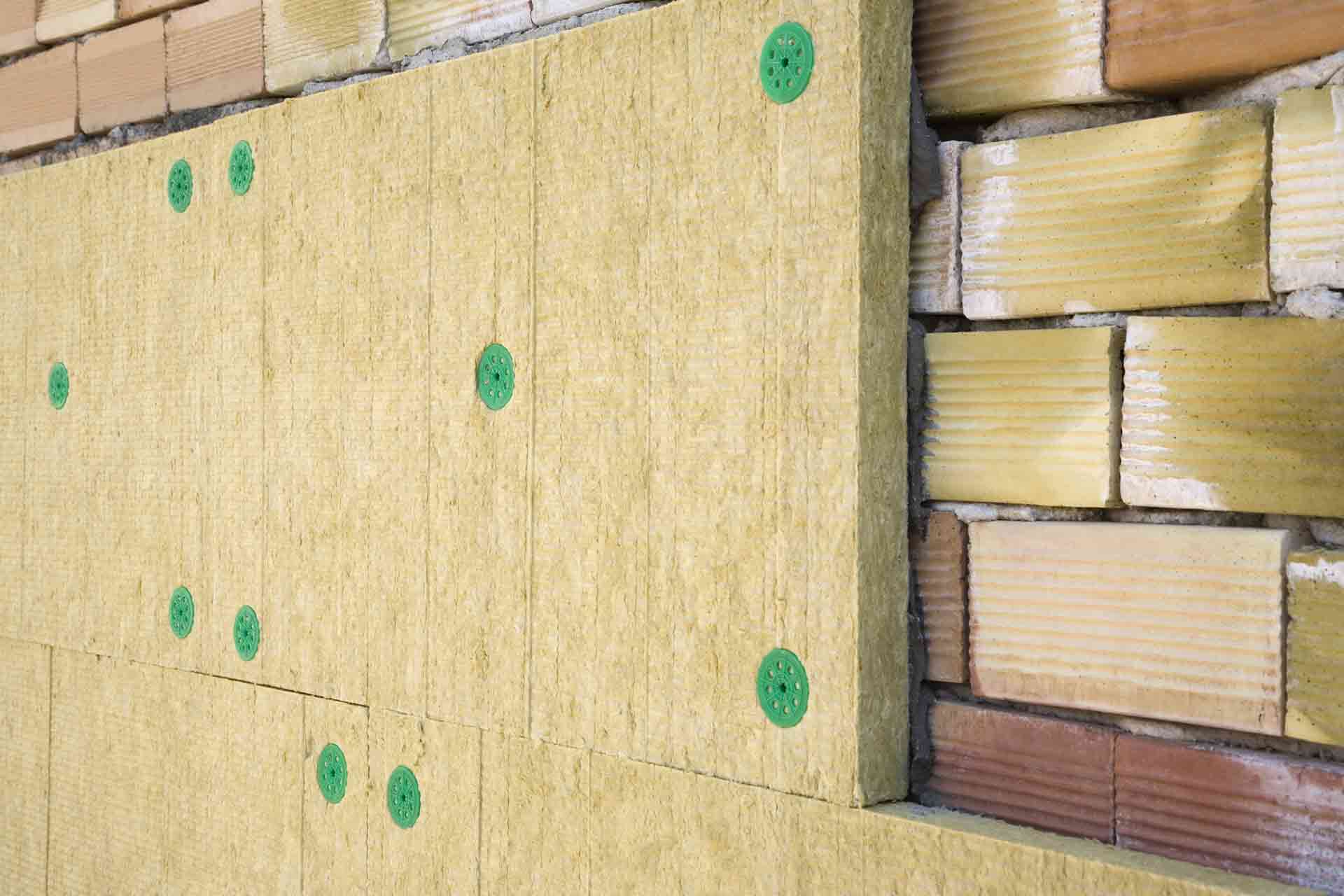
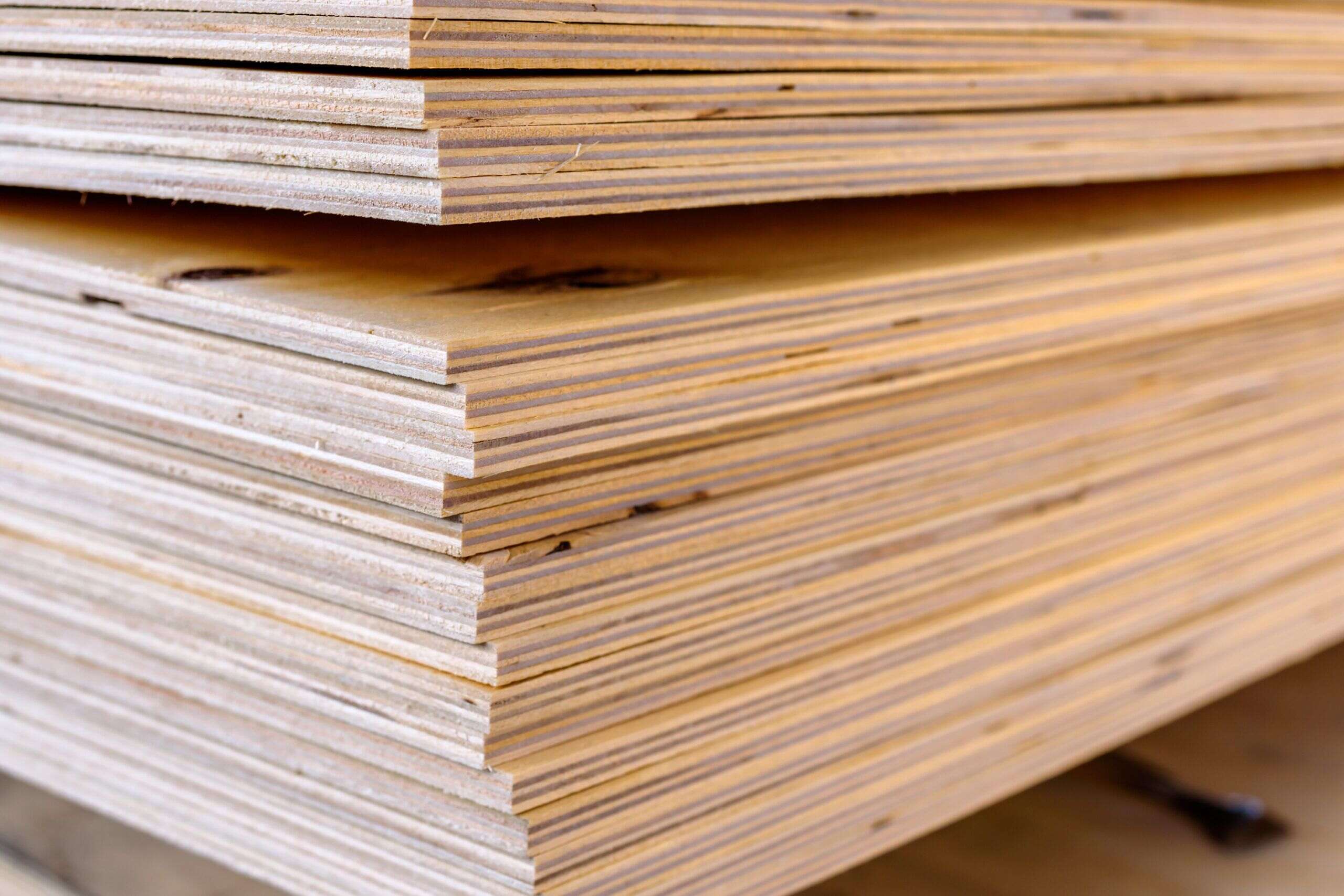
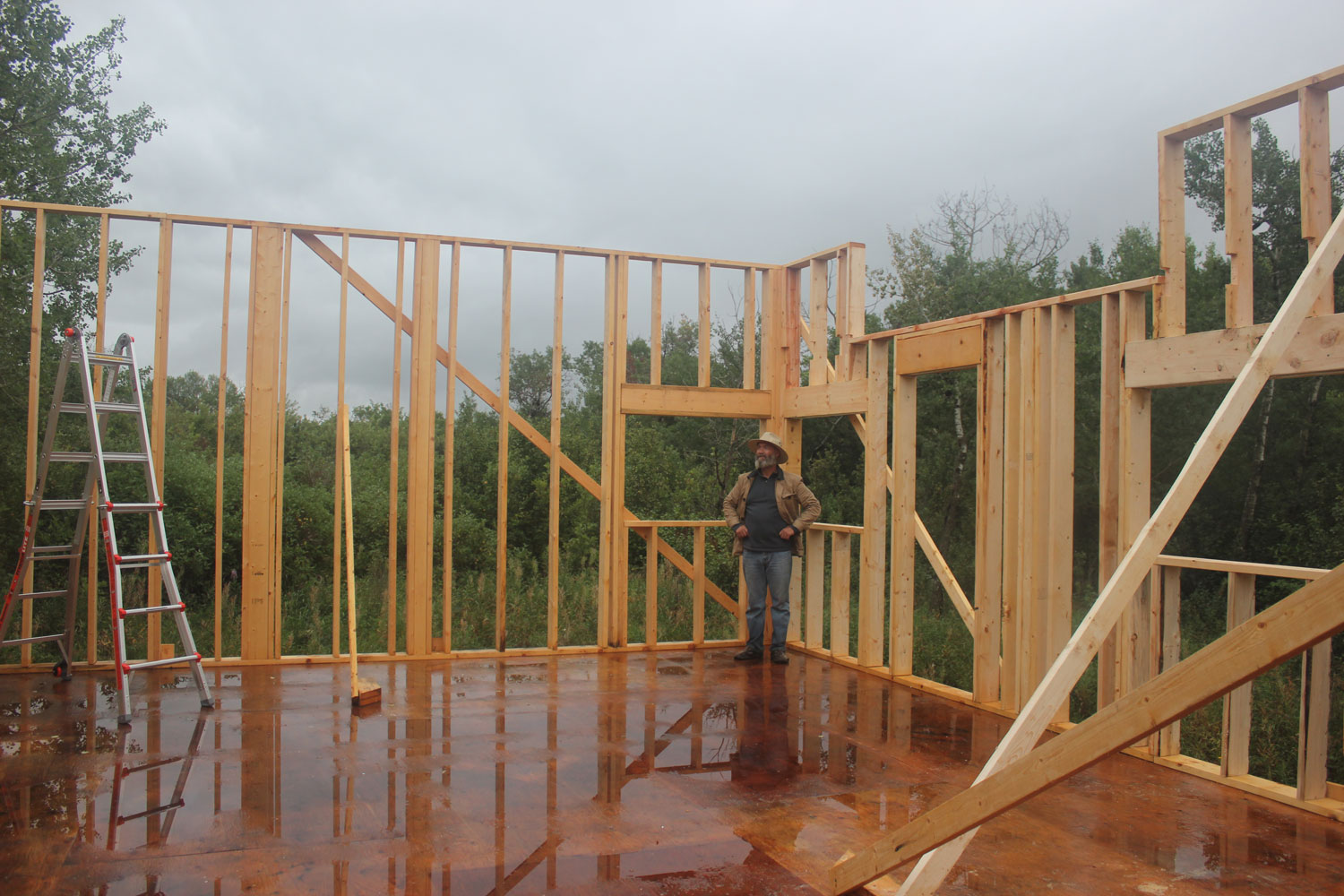
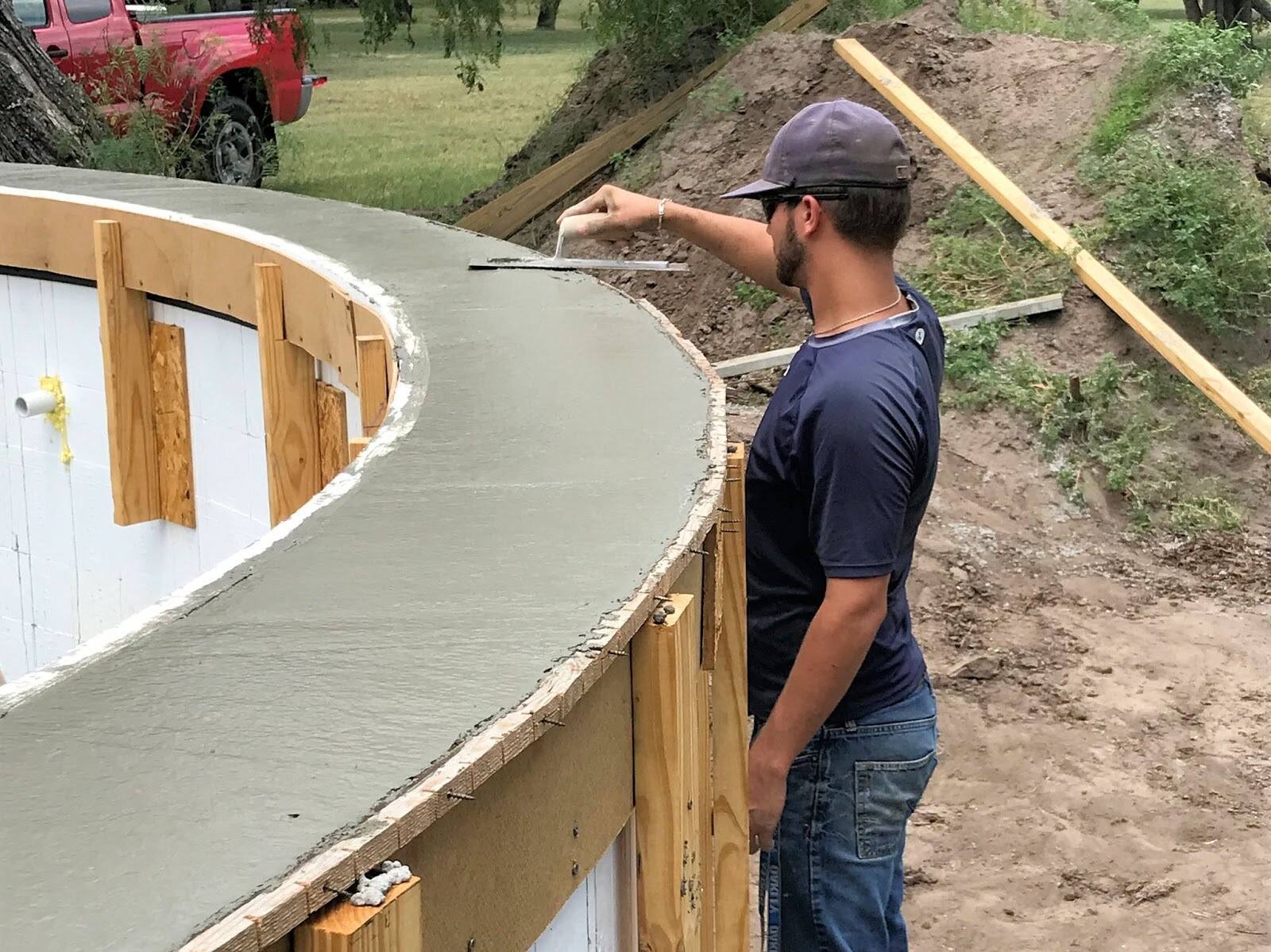
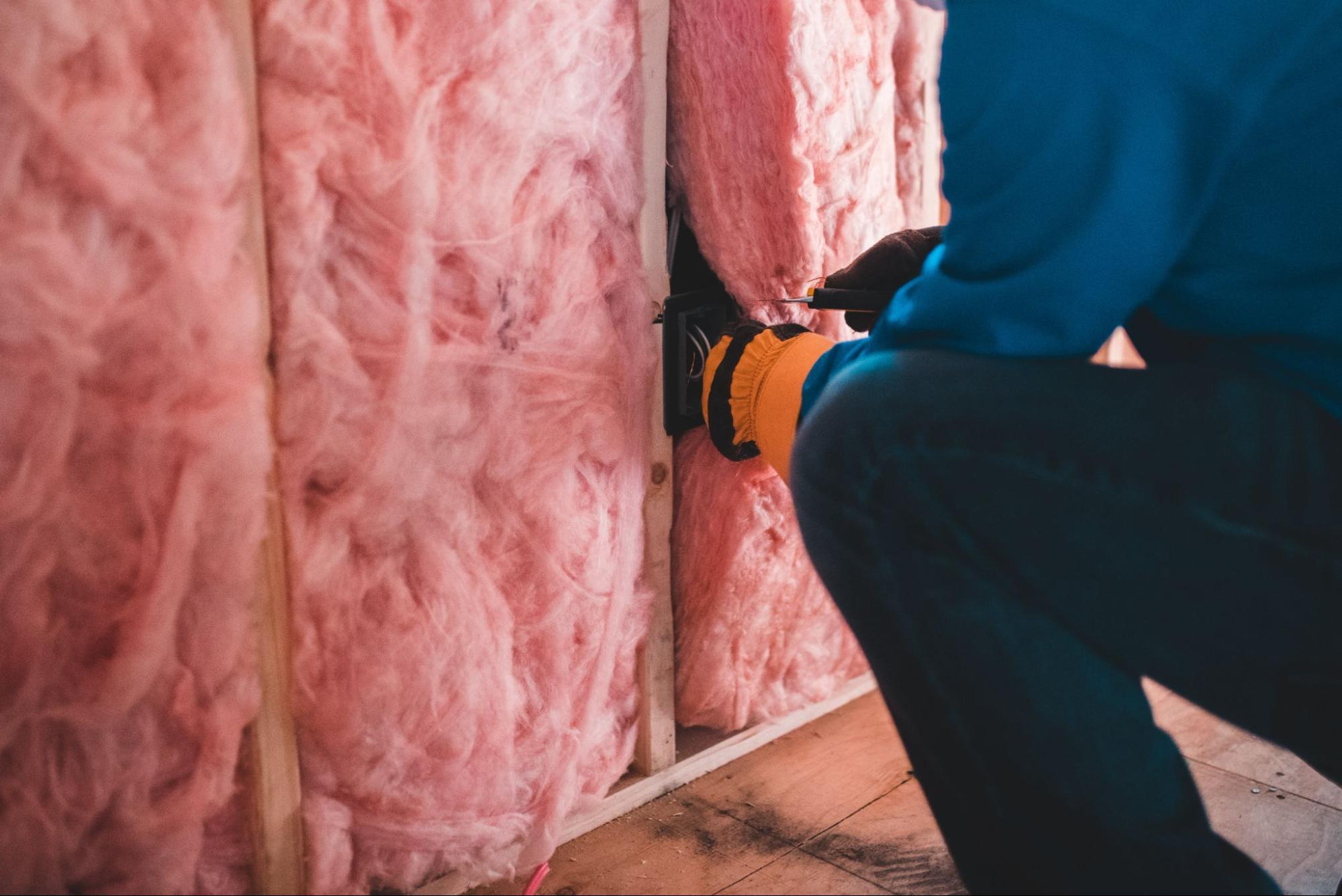
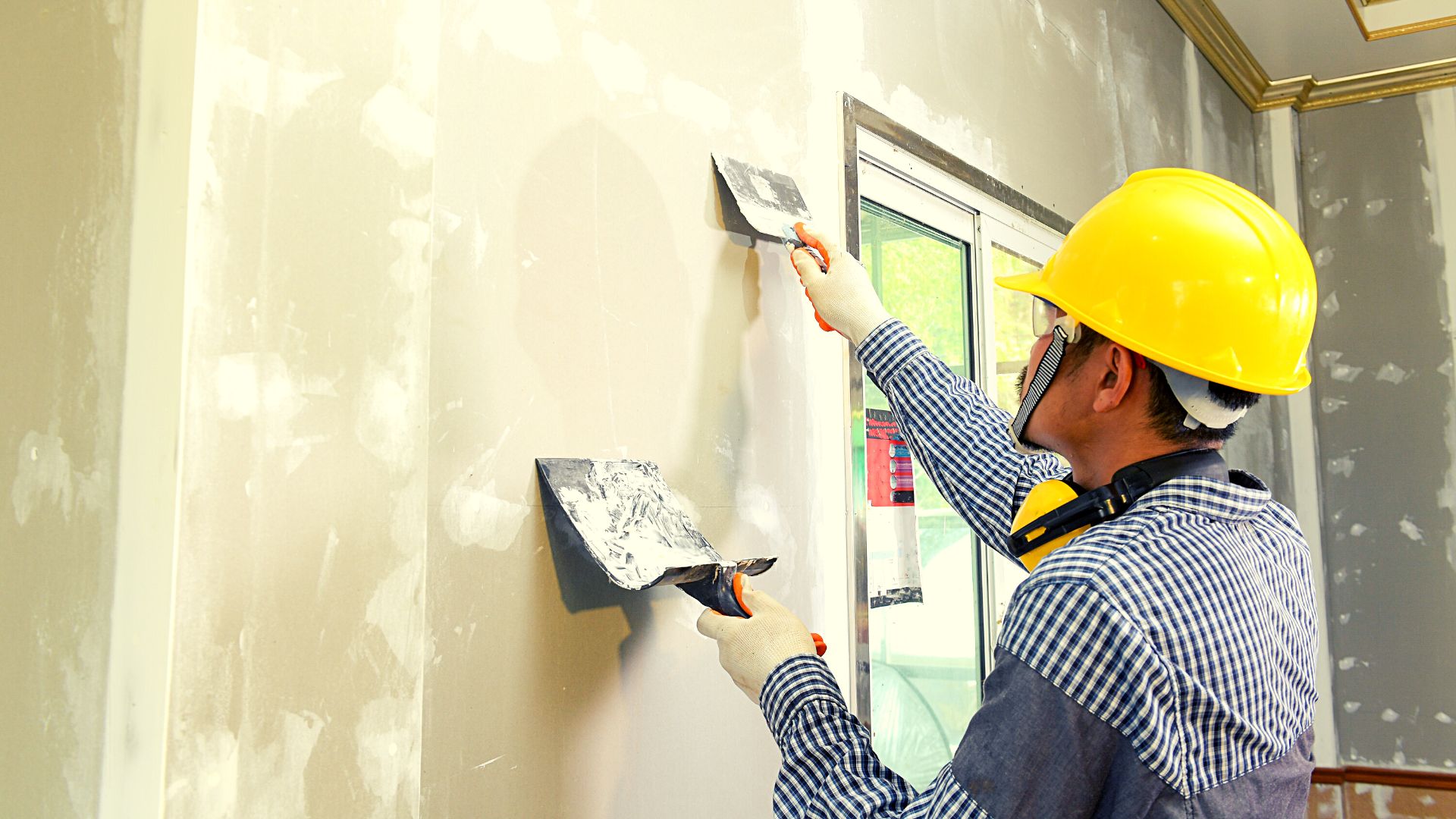
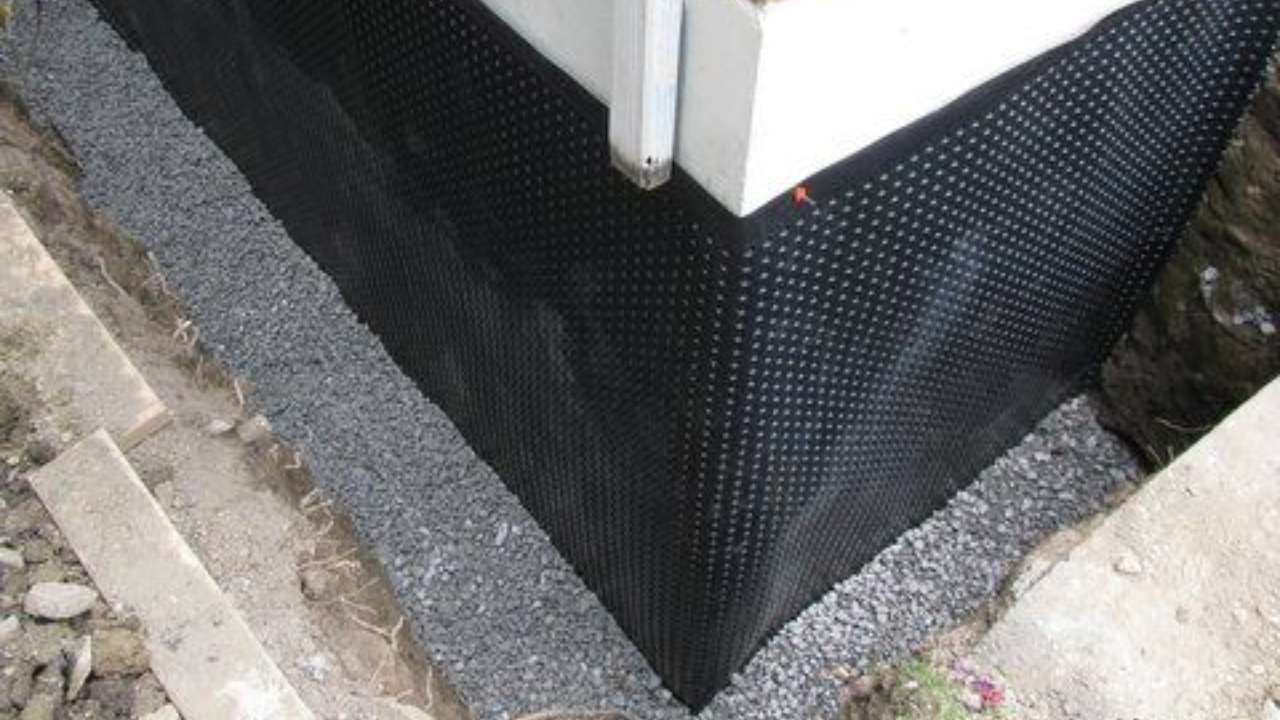
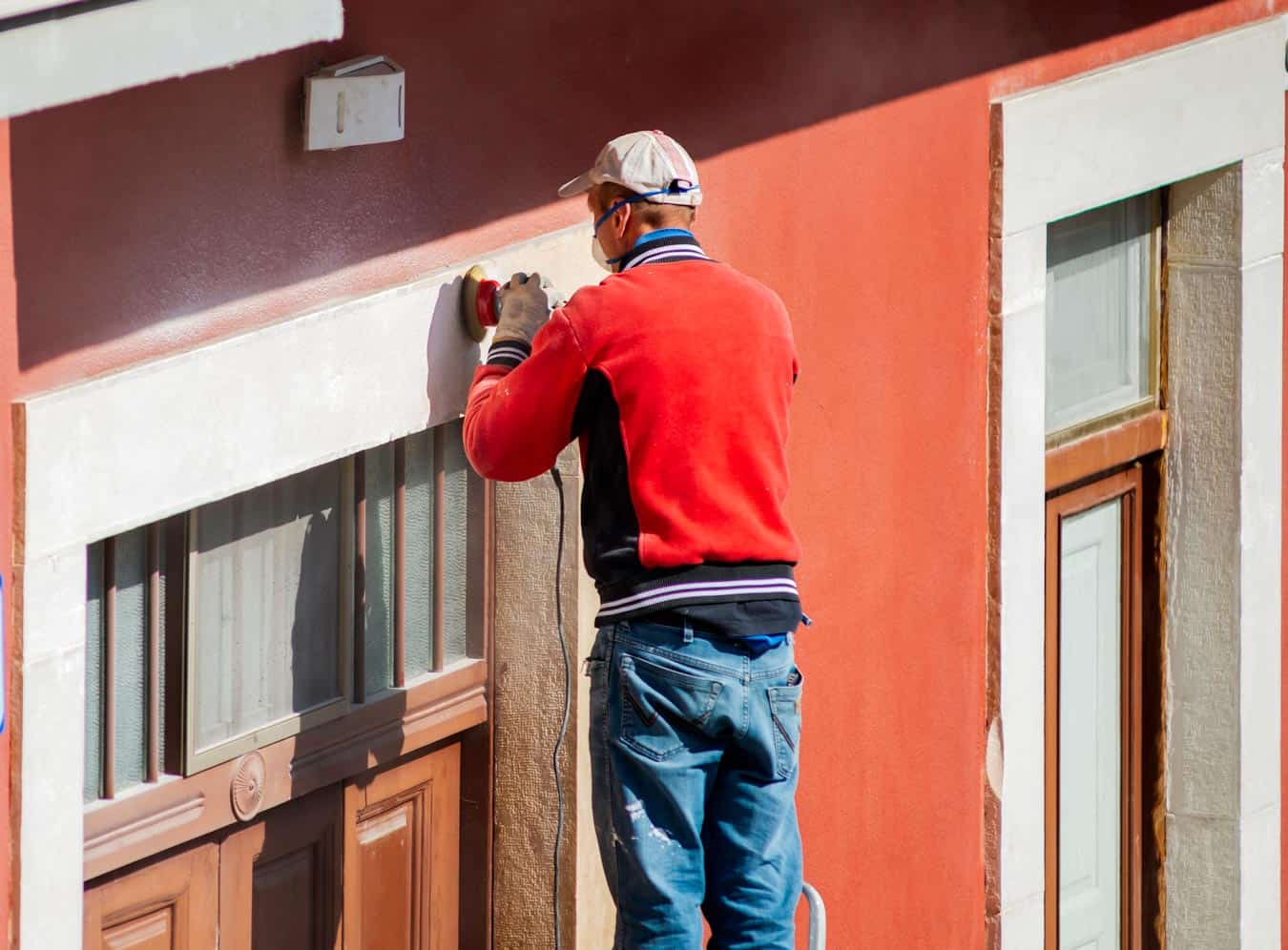
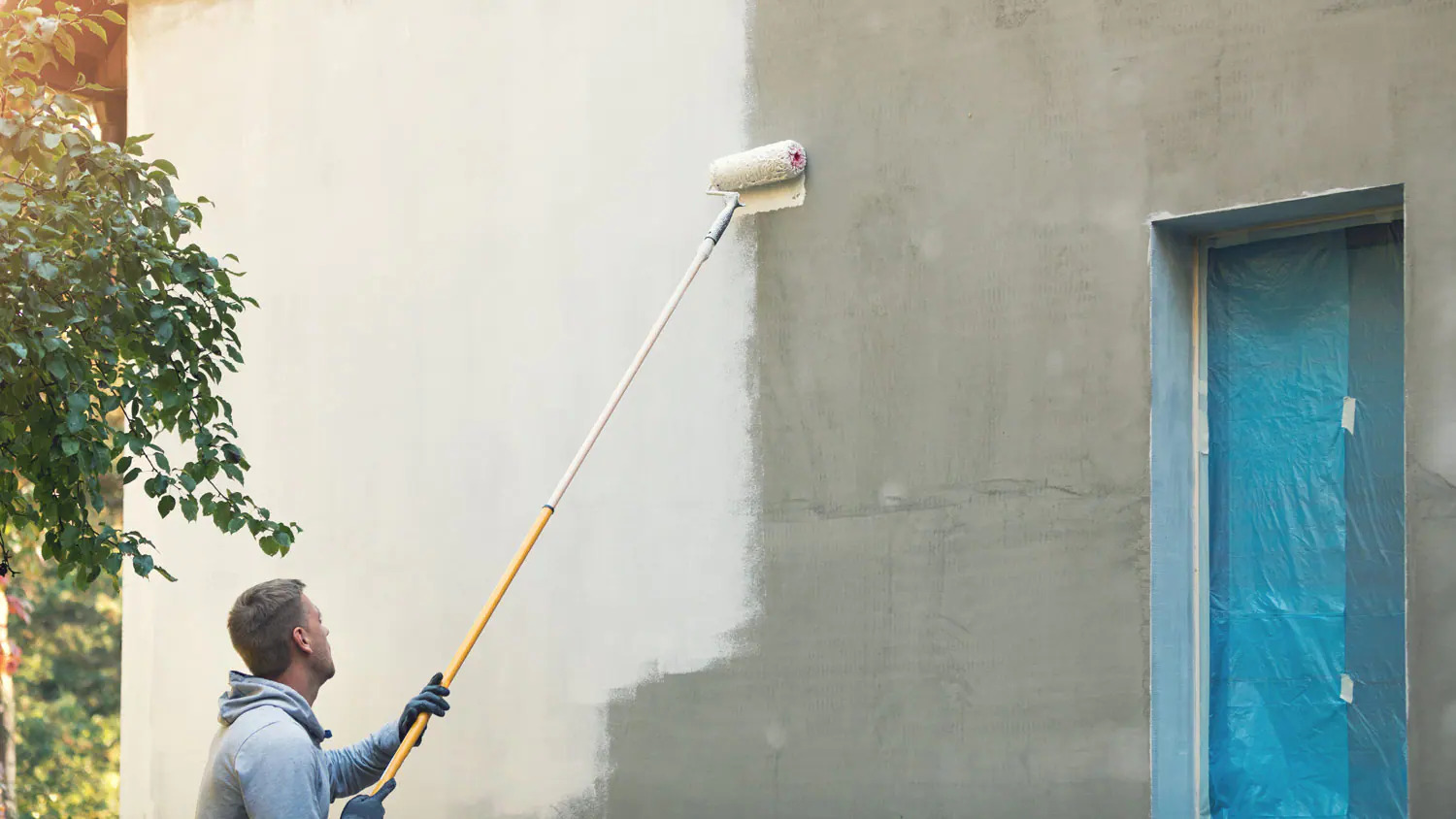
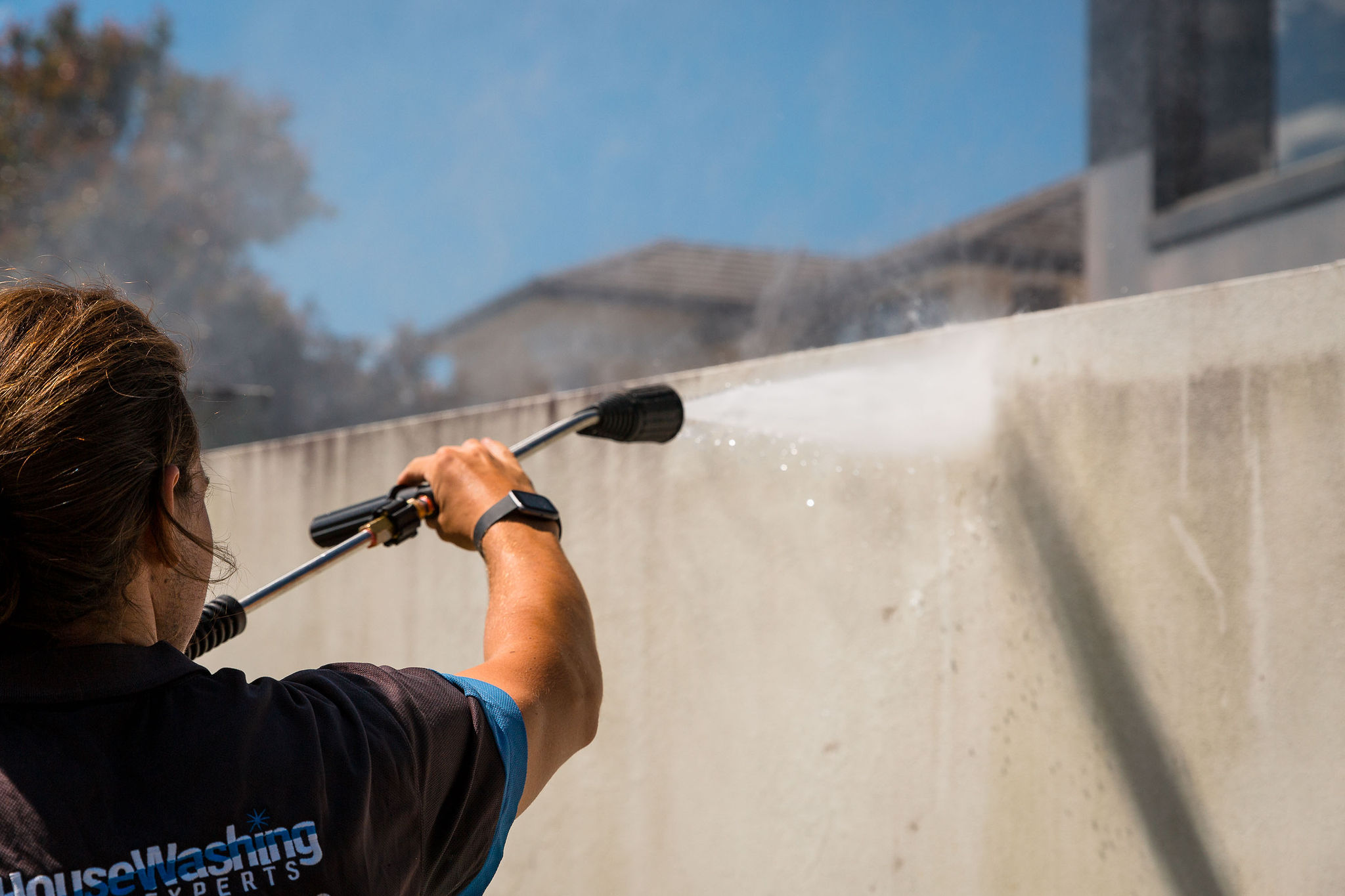
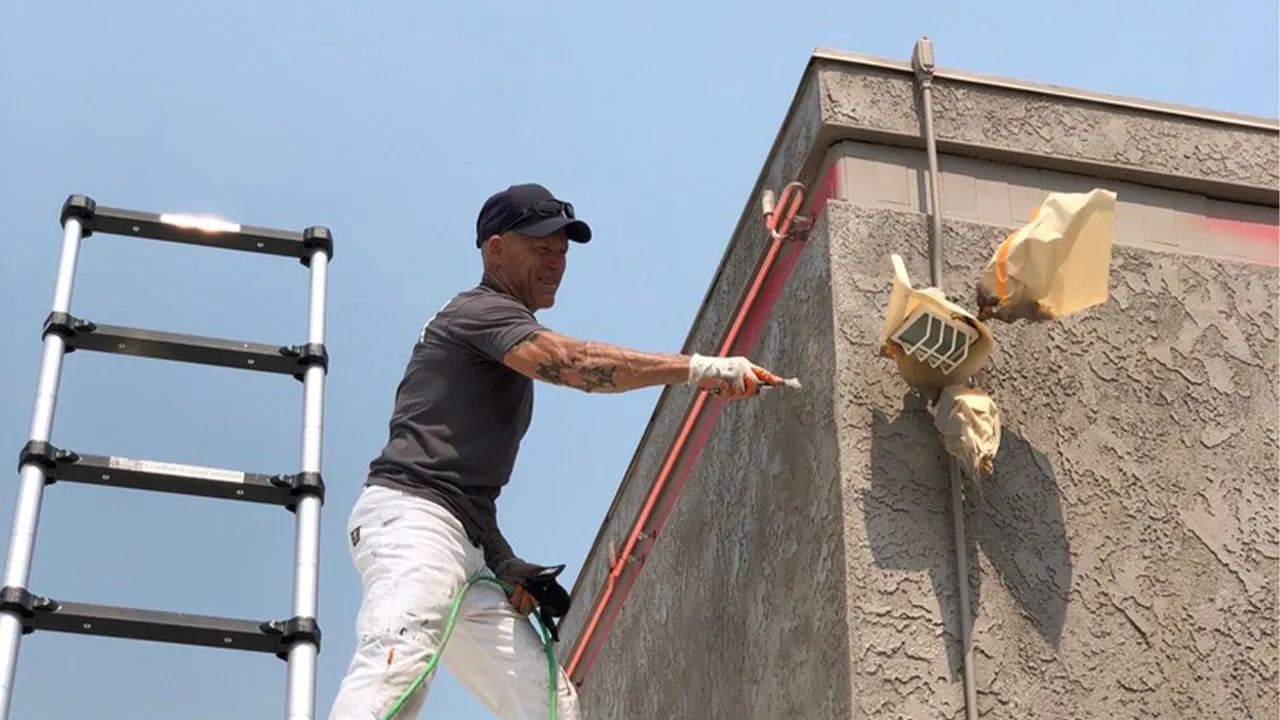
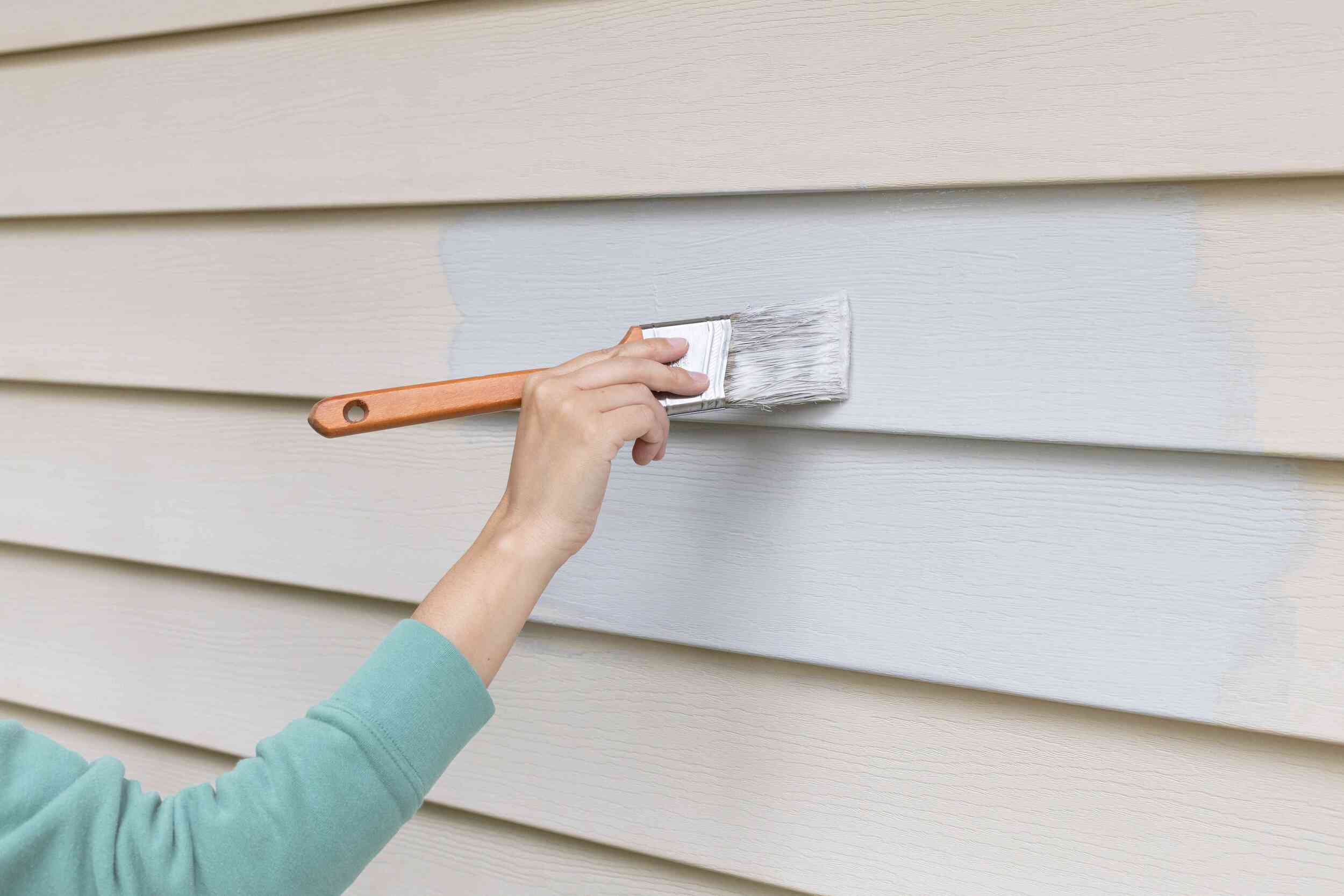
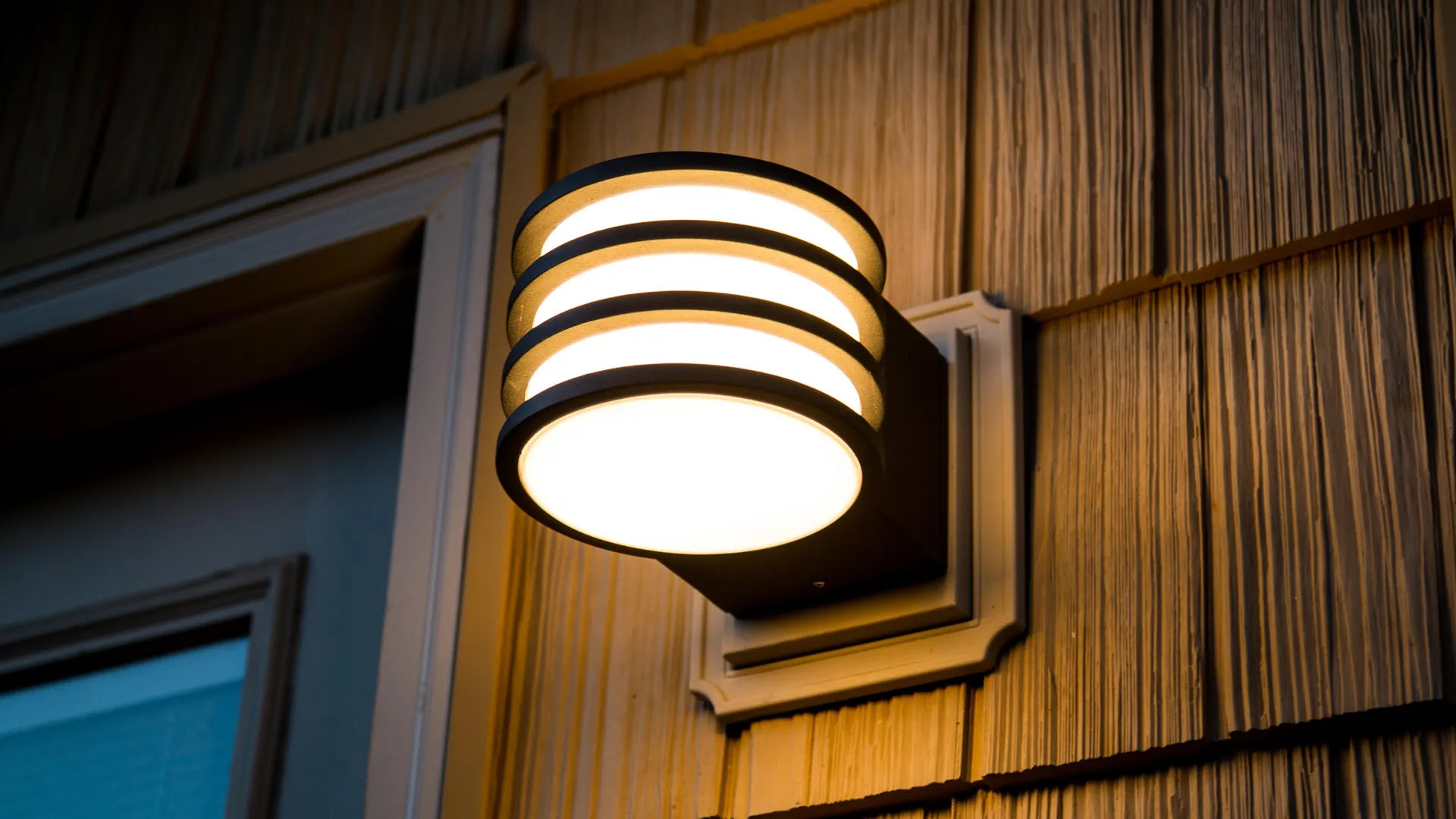

0 thoughts on “What Are Camper Exterior Walls Made Of”